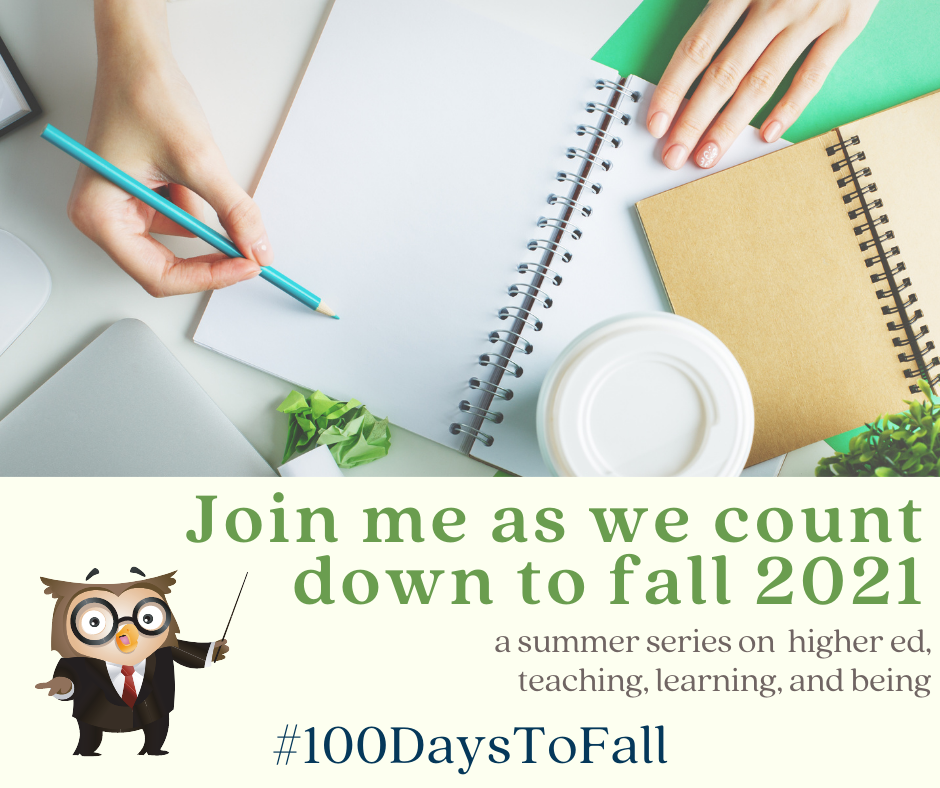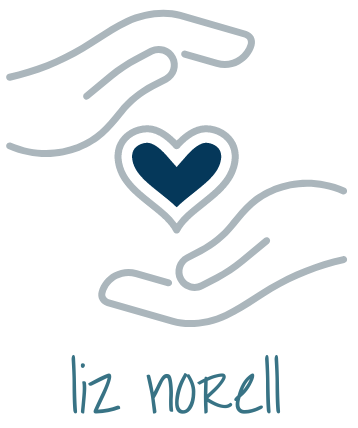Yesterday, I wrote about my initial foray into ungrading, inspired by the fabulous collection of essays Susan Blum edited, Ungrading. Today, I’m excited to share some lessons learned from my spring experimentations, ones that are particularly meaningful as I start planning for my summer semester, fully online course, which begins June 1.
A look back
In the spring 2021 semester, I implemented a pretty radical new course design to my primary course, the introductory American government course that comprises the lion’s share of my teaching load. I made this change for a number of reasons:
- I’ve accumulated a vast trove of resources — think articles, podcast episodes, documentaries, YouTube explainers, and TV show episodes — that help students both learn the basics of American governance and do so in entertaining, engaging, easy-to-understand ways. (Want a great example? Give CGP Grey 6.5 minutes to explain why we don’t have competitive third parties in the United States. I could explain this to my students, but I couldn’t do it in 6.5 minutes and yield the same quality of learning that he manages.) I have so many of these that it’s no longer feasible for me to choose only the best; to assign them all, though, would be patently unfair for the students who have, you know, lives outside my class. So I arranged them into a “content library,” currently including roughly 200 possible items, and asked students to choose one or two weekly to engage with. (I also gave parameters for suggesting something outside of the content library … and I added to the library roughly once a month, as I discovered new and relevant items.)
NOTE: I’m still working to build these out in the web format. Give me a couple of days on that. - Research shows that giving students greater choice in their learning boosts their engagement, willingness to do the work, and creates greater satisfaction. (See this presentation from Dr. Amanda Gonzales at the University of Nebraska-Lincoln for more.)
- The entire ethos of ungrading is to help students find and nurture their own curiosity — the quality that defines the human spirit but that, unfortunately, much of organized K12/higher education only succeeds in quashing. What better way to help students cultivate and chase their own curiosity than to give them wide discretion in how they augment our weekly (very brief) reading assignments with real-world examples of government in action? (Check out an Atlantic article for an argument on how and why curiosity improves learning.)
In a pandemic semester, I also thought that giving students pretty wide discretion over what they chose to learn more about would be a more forgiving course design than regimented weekly requirements. Some of my students live with notably awful internet, so requiring everyone to stream a video wasn’t doable; others struggle with distractingly noisy living environments, so requiring everyone to engage in deep reading likewise isn’t feasible. By giving students a variety of ways to meet the course requirements, I embraced the very best of flexible and accommodating pedagogical principles.
Lesson #1: Even more clarity
It’s something of a truism in higher education: There’s an inverse relationship between how structured your course is and how much effort you must take to explain the course. When you have a rigid course design — one with very regimented assignments, prescriptive formatting requirements, and harsh deadlines — students have the mental models necessary to process this, even if they feel anxious about meeting the course’s expectations. When you have a looser design, though, students often grapple with feeling they’ve got a handle on what’s expected.
In multiple places in the syllabus and learning management system (LMS), I explained to students what they should be doing each week — and how they would know whether they were meeting course expectations. However, it became clear at semester’s end that I hadn’t been clear enough.
There were, for example, a handful of students who didn’t realize there was a reflection assignment required for each of the learning activity / content pieces they engaged with. Much as I emphasized this weekly, we got near the end of the semester without these students catching on that their peers were sharing reflections regularly. That required some fairly panicked swerving.
Moving into the summer semester, I’ll be keeping much closer tabs on those students who aren’t sharing reflections in the first two weeks and reaching out in more intrusive ways (as necessary) to ensure they’re on track.
Lesson #2: Learning with students
In honors sections of my courses, I often choose course readings that I have less familiarity with — and tell students that I am going to be learning alongside them. Given this new course design, I’m planning to expand this to my non-honors sections moving forward, including my summer online course. I’ll be more explicit in telling students that some of the items in the course content library are relatively new to me, and I’ll share my own reflections with the learning community we form.
My reluctance to do so has generally been that, in sharing my reflections, I may influence some to parrot my own thoughts back to me when they explore the same resource (I worry a lot about this in a class that touches on political issues so often); however, the benefits of learning alongside the students feel more powerful than the potential drawbacks. I wouldn’t be much of a political science professor if I couldn’t write my own reflections in such a way to minimize potential offense or influence.
Lesson #3: Get-to-know-you conversations in the first third of the semester
As part of a pilot project this spring (modeled on Oakton Community College’s Faculty Persistence Project), I chose one class to have one-on-one, 15-minute conferences with my students in a single class section in the first three weeks of the semester (N.B. that section had 35 students). While time consuming, these were the highlight of my semester. As much as possible, I’m going to aim to incorporate these into every section of my classes moving forward. I won’t require them of every student, but I will reach out to each student to let him/her/them know I want to get to know them in such a conversation. (That said, in the fall semester, I will choose one section to be more aggressive in insisting on these one-on-one convos.)
The benefits of these quick chats are manifold. For starters, that one-on-one conversation helps me get a feel for the person behind the name on my screen (this is especially true in fully online courses, where there are no formal class meetings at all). They also help build a sense of trust and buy-in for the students — they see that I genuinely care about them, their lives, and their learning, and this helps grease the wheels for when life (inevitably) gets tough. Based on my spring semester pilot, students who have these chats are more willing to reach out for support or help in those crisis moments… which can mean the difference between passing or ghosting a class.
Agency feeds motivation
In Ungrading, Aaron Blackwelder talks about the components of motivation to learn identified in Daniel Pink’s book Drive:
- Autonomy: the desire to be self-directed
- Mastery: the urge to get better at something
- Purpose: the idea that what is being done has meaning
Another model I love is the University of Virginia’s Motivate Lab GPS:
- G for growth mindset: believing you can improve with persistence and practice
- P for purpose: seeing the relevance of learning to your own goals / life
- S for social belonging: feeling like you are accepted and belong in a particular learning community
The bottom line: If I can be maximally clear and accessible to students, I can give them far greater agency over their learning, thereby boosting their motivation, curiosity, and ultimately love of learning for a lifetime. That’s my North Star, and I hope it’s yours, too.
Tomorrow, I’ll share more about my ungrading work — the more nitty-gritty aspects of how I make this work, complete with sample self-evaluations and data on how it went this spring.







